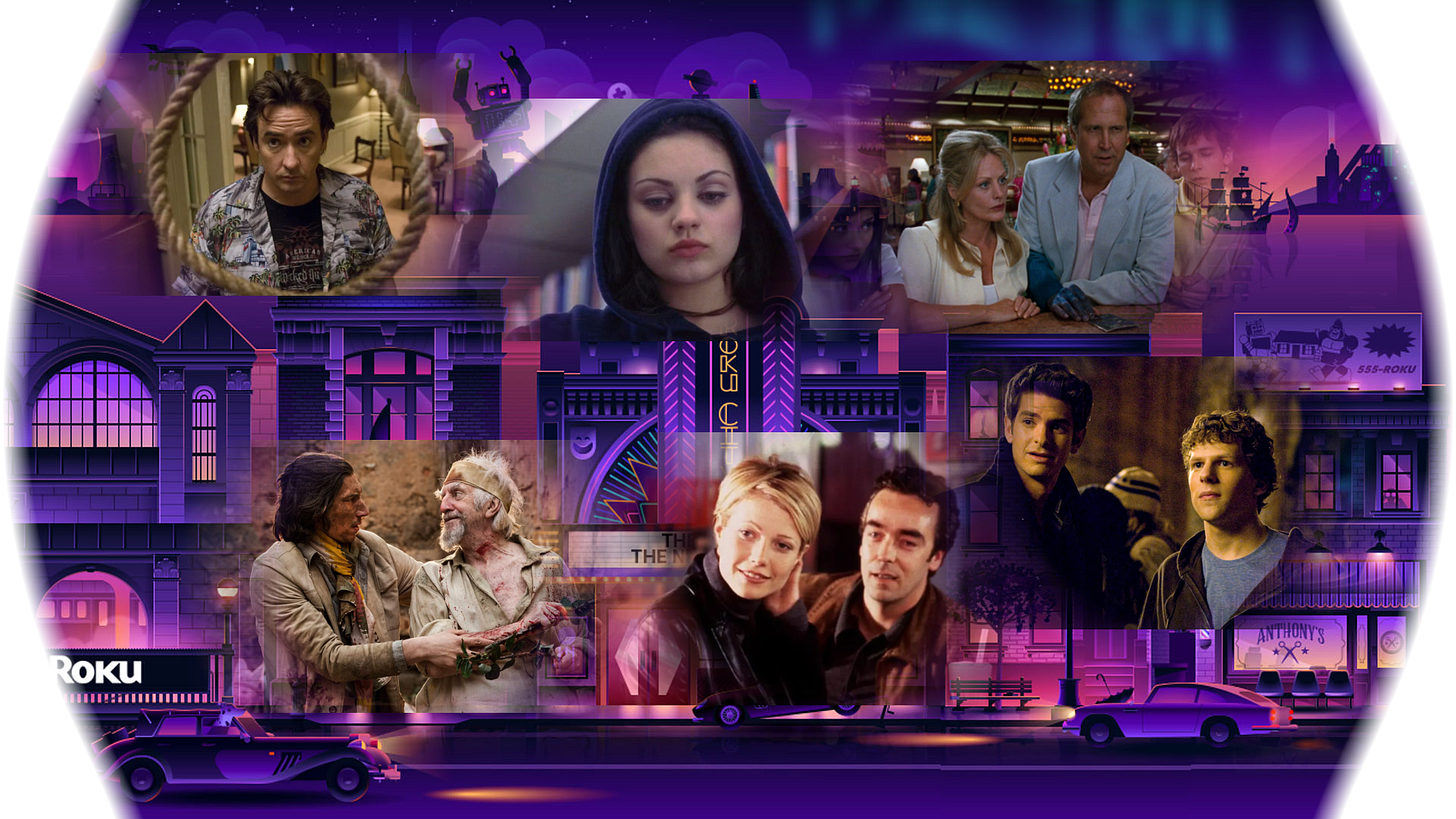If you’re reading this, I am no longer on island time. My family spent the past week in a beach house in Cape Cod for some post-dad-dying togetherness time. It’s been nice to lie on beaches and read and walk around little main drags in flipflops and dress like an awful tourist. But sadly, the week was beset with sporadic downpours that meant we had to retreat inside a lot of the time. It was during these periods that I discovered something remarkable.
Me and my wife’s bedroom has a little wall-mounted Roku TV. It’s not hooked up to any actual cable television, but like most modern television it fakes it til it makes it. Its “Live TV” section is full of hundreds of bespoke streaming channels with their own individual fixations. It’s set up to look like real TV, but on close inspection you’ll find that rather than FX or TNT you’ll only find Murder She Wrote Channel or Best of Duck Dynasty or Dateline 24/7.
These are “television” in that they are broadcast continuously, so you can tune in in the middle of an episode and watch it roll into the next one. But the thing about real live television is that there are some concessions made to the limitations of an organized broadcast. Schedules are made with some degree of specificity for what day and time programs might perform best. There is a large variety of advertisements for actual products. Broadcast days actually end at a certain point, and fill the wee hours with infomercials or dead air. This introduces a new dimension to the human connection live TV provides—it’s not just that you’re sharing the viewing experience with people across the country, you’re also watching something curated by human hands.
Not so with these streaming channels. Their schedules appear to be assembled entirely at random. Since they require minimal human input to operate, they can run nonstop. And since they aren’t playing for ratings, there’s no need to diversify their lineups. It can just be one thing, always, forever. It feels more like binging a TV show on streaming, only you’ve put it on shuffle. These streaming channels feel fundamentally lonely. They’re replicating the substance of the channel-surfing experience but failing to grasp the soul of the endeavor. I think this is probably the future of televised entertainment.
On the first night in the beach house, we decided to tune into one of these channels. It was called MovieHub. MovieHub was on the front page of Roku’s “Live TV” section. It gave no indication as to what its programming would be like, except for presumably featuring movies. There was no schedule, so we had no way of knowing what was playing when we turned it on, or what would be playing throughout the week. MovieHub was a mystery box. Something strange and wonderful was inside every time we looked. Here are notes from our journey into the new frontier of television.
The rest of this post is for paid subscribers! I’m running a special discount until my birthday on July 15th for yearly subscriptions, so give that a look if you’re interested!



